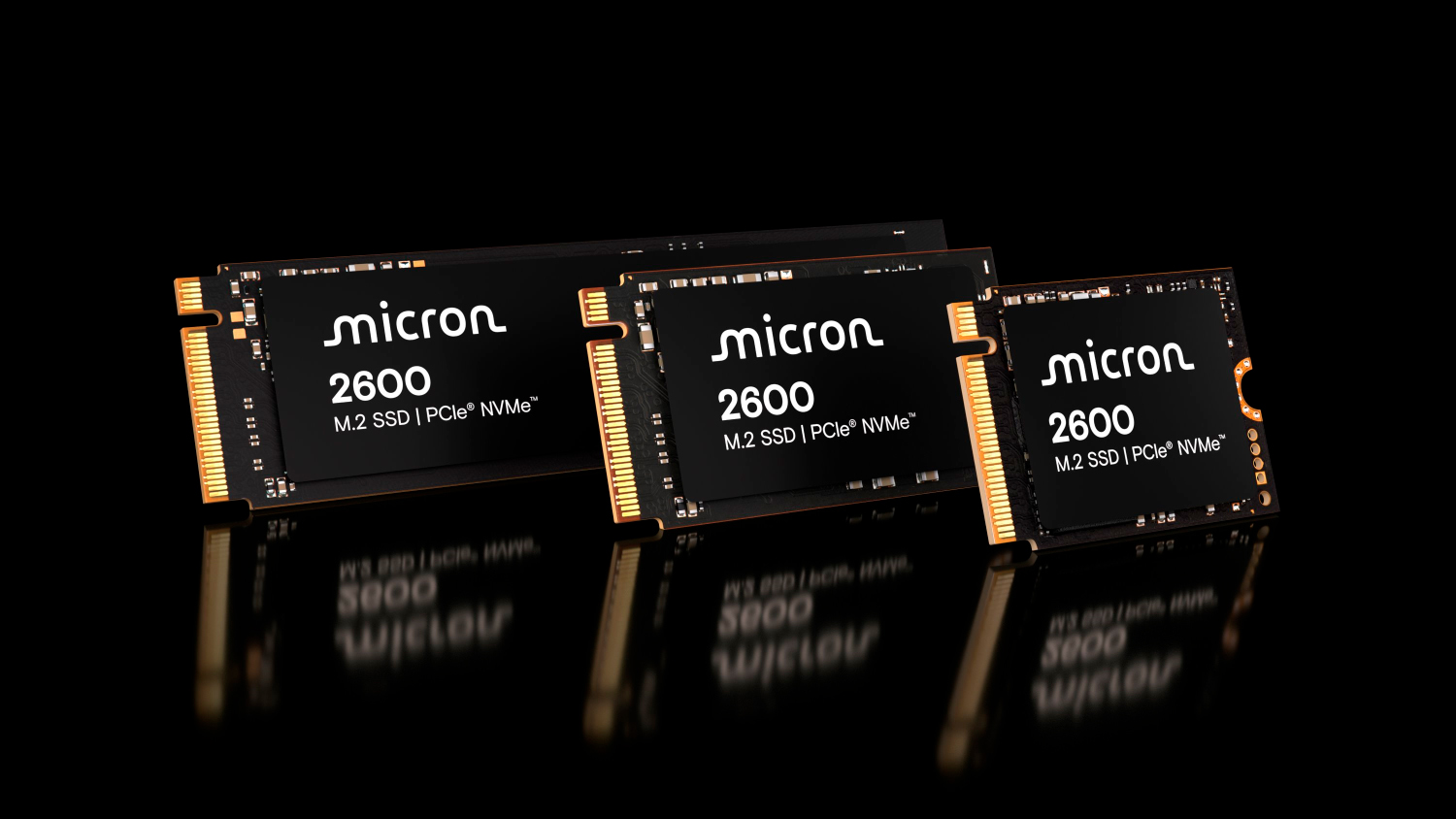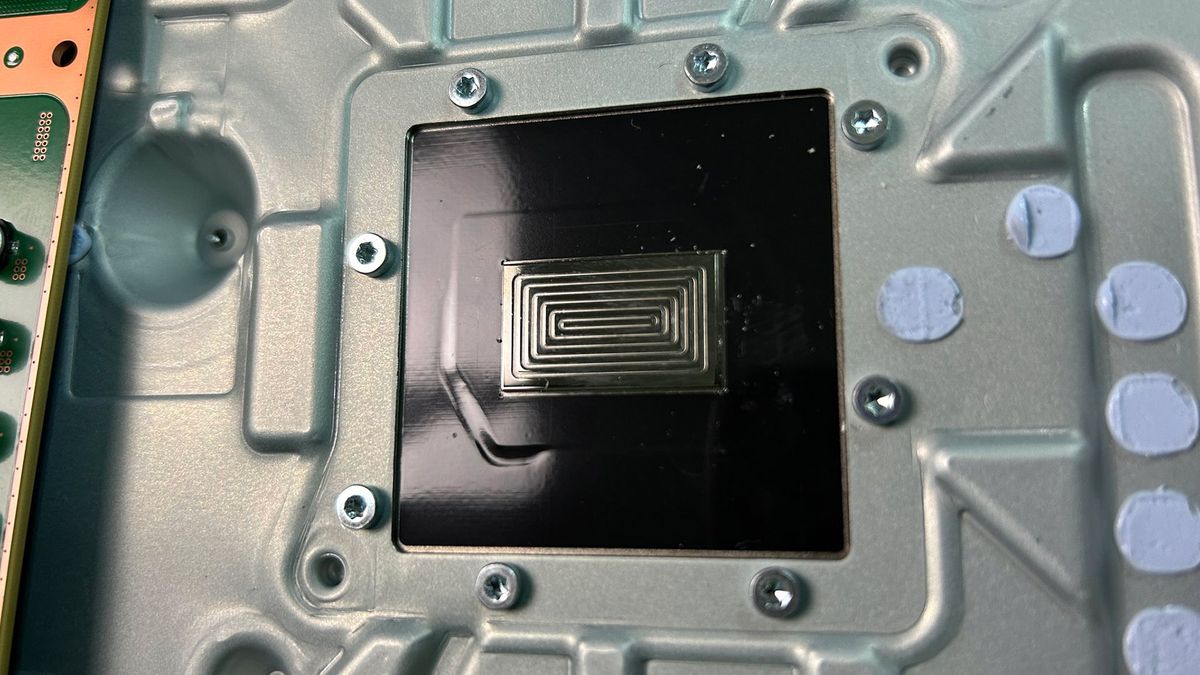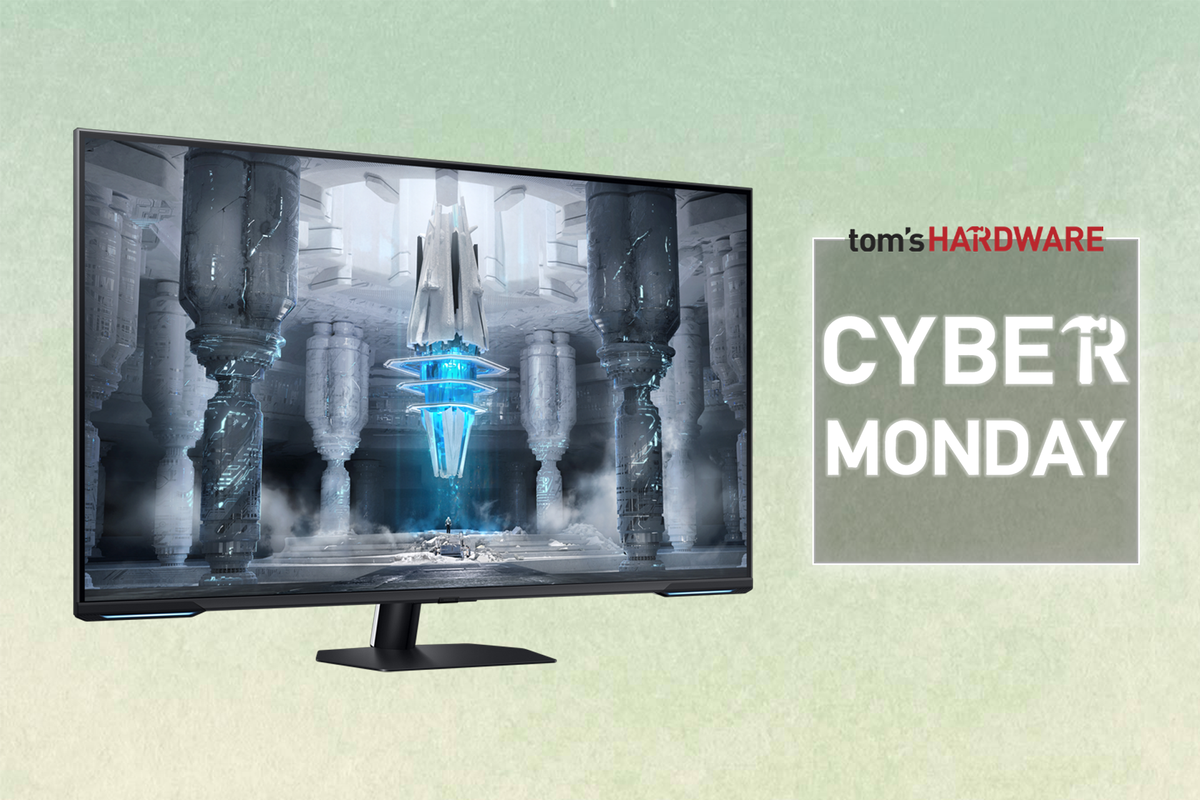Micron has introduced a new client SSD designed for OEMs that competes with the best SSDs on the retail market. The Micron 2600 is available in three distinctive form factors, providing top-tier PCIe 4.0 speeds across various storage capacities.
Micron has combined Phison's PS5029-E29T SSD controller with the company's own 276-layer G9 QLC NAND in a DRAMless design. The manufacturer has implemented its Adaptive Write Technology (AWT) in the Micron 2600 series, which boosts SSD performance by using various NAND modes (SLC, TLC, and QLC) as a dynamic cache to improve sustained QLC write performance.
Adaptive Write Technology starts by writing new data in SLC mode. Once SLC is full, it switches to TLC mode. After both SLC and TLC are filled, the technology moves the data to QLC mode when the SSD is idle. Finally, it frees up the SLC and TLC regions to store new data. By switching between NAND modes, Adaptive Write Technology ensures the drive offers the fastest possible write performance.
Micron 2600 SSD Specifications
Swipe to scroll horizontally
2TB | 7,200 | 6,500 | 1,000,000 | 1,100,000 | 50 µs | 12 µs | 700 | < 2.5 | < 100 | < 5,000 |
1TB | 7,299 | 5,800 | 740,000 | 1,000,000 | 50 µs | 12 µs | 400 | < 2.5 | < 100 | < 5,000 |
512GB | 5,000 | 3,000 | 370,000 | 690,000 | 50 µs | 12 µs | 200 | < 2.5 | < 100 | < 5,000 |
The Micron 2600 is available in 2230, 2242, and 2280 form factors, featuring a single-sided design. Consequently, the drive accommodates a comprehensive range of devices, including desktops, laptops, and handheld gaming consoles such as the Steam Deck or the Lenovo Legion Go. Customers may select from three storage capacities: 512GB, 1TB, or 2TB. There are no mentions of a 4TB or 8TB model.
In terms of performance, the Micron 2600 can achieve sequential read and write speeds of up to 7,200 MB/s and 6,500 MB/s, respectively. Its random read and write speeds reach maximums of 1,000,000 IOPS and 1,100,000 IOPS, respectively. However, these specifications are exclusive to the highest capacity model. The 1TB and 512GB variants exhibit slightly reduced performance metrics. The read and write latencies are decent and uniform across all three capacities.
The endurance of the Micron 2600 commences at 200TBW for the 512GB variant and extends to 400TBW and 700TBW for the 1TB and 2TB models, respectively. The endurance level corresponds with that of conventional QLC SSDs, and thus, is not exceptionally remarkable.
Micron has already started shipping the different flavors of the Micron 2600 to OEMs. Logically, the pricing and warranty period vary between the OEMs.
Follow Tom's Hardware on Google News to get our up-to-date news, analysis, and reviews in your feeds. Make sure to click the Follow button.

 5 months ago
72
5 months ago
72






 English (US) ·
English (US) ·